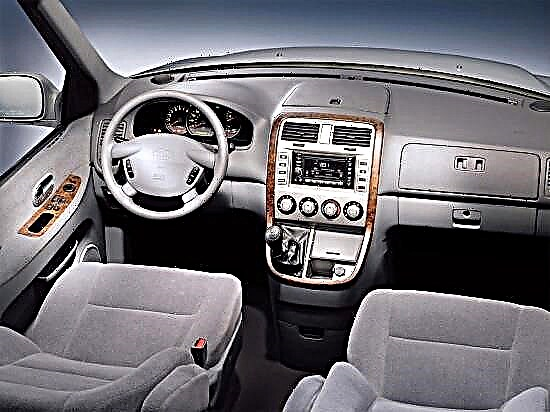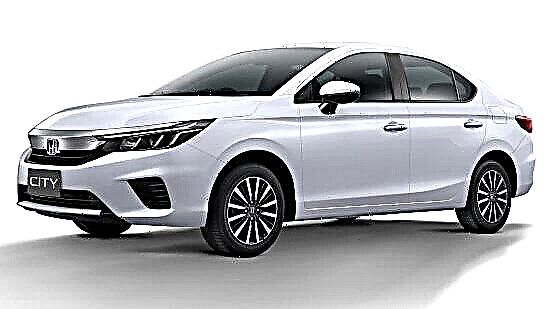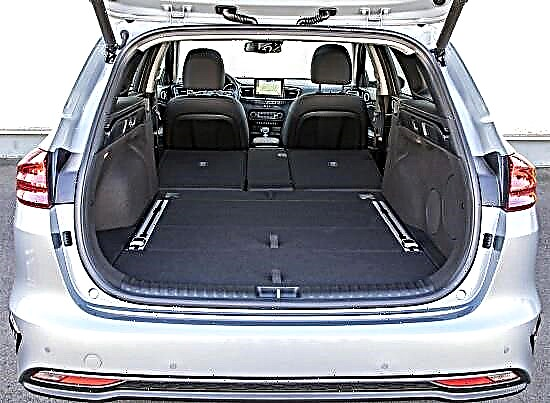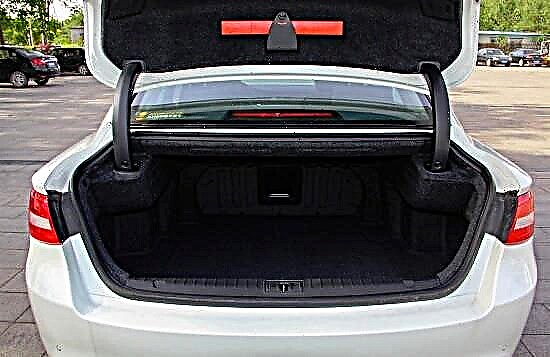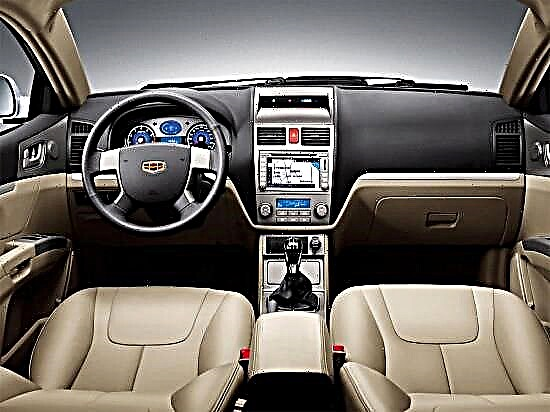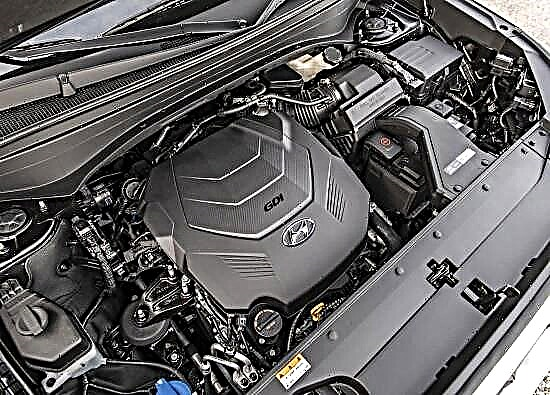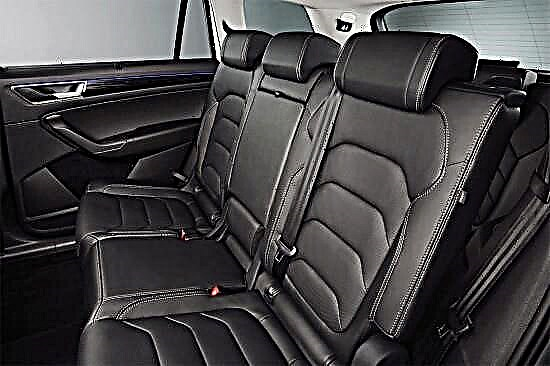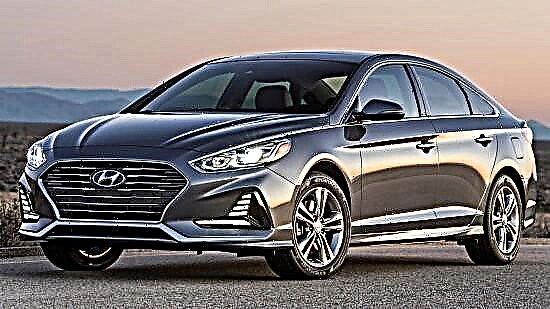In March 2014, a preview of the seventh generation of the Hyundai Sonata sedan was held in Seoul - compared to its predecessor, this car did not radically “change course”, but evolved in all respects: this applies to design, technical “stuffing” and equipment.
A month later, the three-volume celebrated its large-scale debut at an international exhibition in New York.

At the end of the same year, the Koreans, within the walls of the luxury hotel InterContinental Grand Seoul Parnas, showed the world community a "dual-movable" model, and in January 2015, at the North American Auto Show, they organized the premiere of "Sonata" in the Plug-In Hybrid version.

And in April 2017, at the international bridegrooms in New York, the Koreans showed the public a restyled seventh generation sedan - it changed externally (significantly adding to the aggression) and received a prettier interior, as well as minor technical improvements (becoming more "driver").

The appearance of the seventh generation Hyundai Sonata is based on the Fluidic Sculpture 2.0 design concept, which is an evolution of the previous generation of the four-door - the car has acquired a less streamlined body outline, but has become stricter, more assertive and much more solid.
The front part of the car is decorated with a huge "mouth" of a hexagonal radiator grille, menacingly frowned headlights and LED "cutting" of fog lights, and the rear - with elegant lanterns and a "meaty" bumper with two tailpipes of the exhaust system.
In profile, as it is now fashionable, the sedan, due to the long hood, sloping roofline and short tail of the trunk, resembles a “four-door coupe”, and the pronounced side ribs and correctly contoured wheel arches add expressiveness to it.

In terms of dimensions, the seventh generation Sonata achieves the performance of the E-class models, but formally it still appears in the D segment: the length of its body fits into the 4855 mm framework, while a considerable 2805 mm falls on the wheelbase, and the width and height are 1865 mm and 1475 mm respectively.

The interior of the "seventh" Hyundai Sonata continues the direction set by the exterior - inside the four-door looks beautiful, restrained and of high quality. The center console, slightly turned towards the driver, is thought out in German in terms of ergonomics - it is based on an 8-inch multimedia system screen (in the "base" - a more modest 7-inch display) and a stylish and logically arranged microclimate unit. Behind the three-spoke steering wheel is a strict and extremely informative instrument panel.
In the interior of the car, exclusively high-quality finishing materials are used, diluted with quite appropriate inserts "under the metal" and "under the wood".

The front seats of the "Korean" are well profiled (although their lateral support is not expressed strongly enough) and are endowed with wide adjustment ranges (in the "top" version - with an electric drive). The "gallery" has enough free space for three passengers, and the sofa itself has comfortable shapes.
The trunk of the seventh incarnation Hyundai Sonata is trimmed modestly but tastefully, and its volume is a decent 510 liters. The backs of the rear seats are folded in two sections (although this procedure is carried out only from the "hold" by means of levers), which frees up space for the overall luggage. In the underground niche there is a full-size "spare wheel" and tools.
On the Russian market for the "Sonata" there are two gasoline four-cylinder "atmospheric" to choose from:
- The base version is a 2.0-liter MPI Nu-series engine with an aluminum block and cylinder head, multipoint fuel injection, 16 valves, continuously variable valve timing at the inlet and outlet and a low-noise timing chain, which generates 150 horsepower at 6200 rpm minute and 192 Nm of torque at 4000 rpm.
- "Top" modifications relies on an aluminum GDI engine of the Theta II family with a volume of 2.4 liters with direct "power", 16-valve timing and phase shifters at the inlet, developing 188 hp. at 6000 rpm and 241 Nm of rotational potential at 4000 rpm.
By default, the Korean sedan is equipped with a 6-band "automatic" and front-wheel drive transmission.
The first "hundred" obeys the four-door after 9-11.1 seconds, and its maximum capabilities reach 205-210 km / h.
In the combined mode, the car "drinks" from 7.8 to 8.3 liters of fuel for every 100 kilometers.
In other countries, the seventh generation Hyundai Sonata can also be purchased in hybrid versions:
- The initial version is equipped with a 2.0 Nu gasoline "four" with direct injection, giving out 156 "horses" and 190 Nm of peak thrust, a 51-horsepower electric motor producing 204 Nm, a 6-speed automatic transmission and a lithium-polymer battery with a capacity of 1.62 kW / h. Its total output is 193 "mares" at 6000 rpm.
- A more advanced "dual-drive" modification of the Plug-In Hybrid has in its arsenal the same gasoline unit and an "automatic" of six ranges, an electric motor with a capacity of 67 horsepower and lithium-polymer batteries with a volume of 9.8 kW / h, as a result of which its potential reaches 203 "stallions "At 6000 rpm.
The seventh generation Hyundai Sonata is based on the upgraded platform of its predecessor. The suspension layout has remained unchanged - independent MacPherson strut front and multi-link rear, but the suspension geometry has been significantly revised. High-strength steels are widely used in the "skeleton" of the car body (they account for 51%).
"Koreets" is equipped with a rack-and-pinion steering system, in which an electric power steering with progressive characteristics is integrated. Disc brakes are used on all wheels of the four-door (supplemented by ventilation on the front axle), working in conjunction with ABS, EBD and other modern electronics.
In Russia, the “seventh” Hyundai Sonata of 2018 is provided in six levels of equipment - “Primary”, “Comfort”, “Style”, “Lifestyle”, “Business” and “Business + High-Tech”.
For the basic equipment of the car, they ask for a minimum of 1,275,000 rubles, and its functionality includes: six airbags, heated front seats, ESP, ABS, electric folding mirrors, air conditioning, 16-inch steel wheels, power windows for all doors, an audio system and some other equipment.
For the version with an 188-horsepower engine (installed on the "Lifestyle" version and above), you will have to pay from 1,625,000 rubles, and the "top" version is offered at a price of 1,825,000 rubles.
"Full stuffing" can additionally boast: two-zone "climate", leather interior trim, electromechanical "handbrake", heated rear sofa, adaptive LED headlights, electric drive and ventilation of the front seats, panoramic roof, 18-inch wheels, monitoring of "blind" zones, advanced multimedia system, parking sensors and other "chips".



